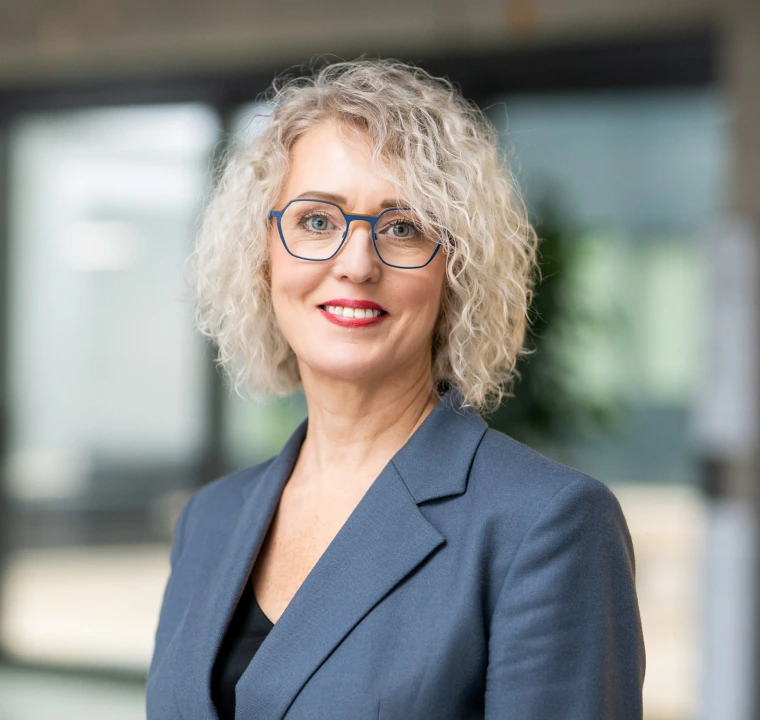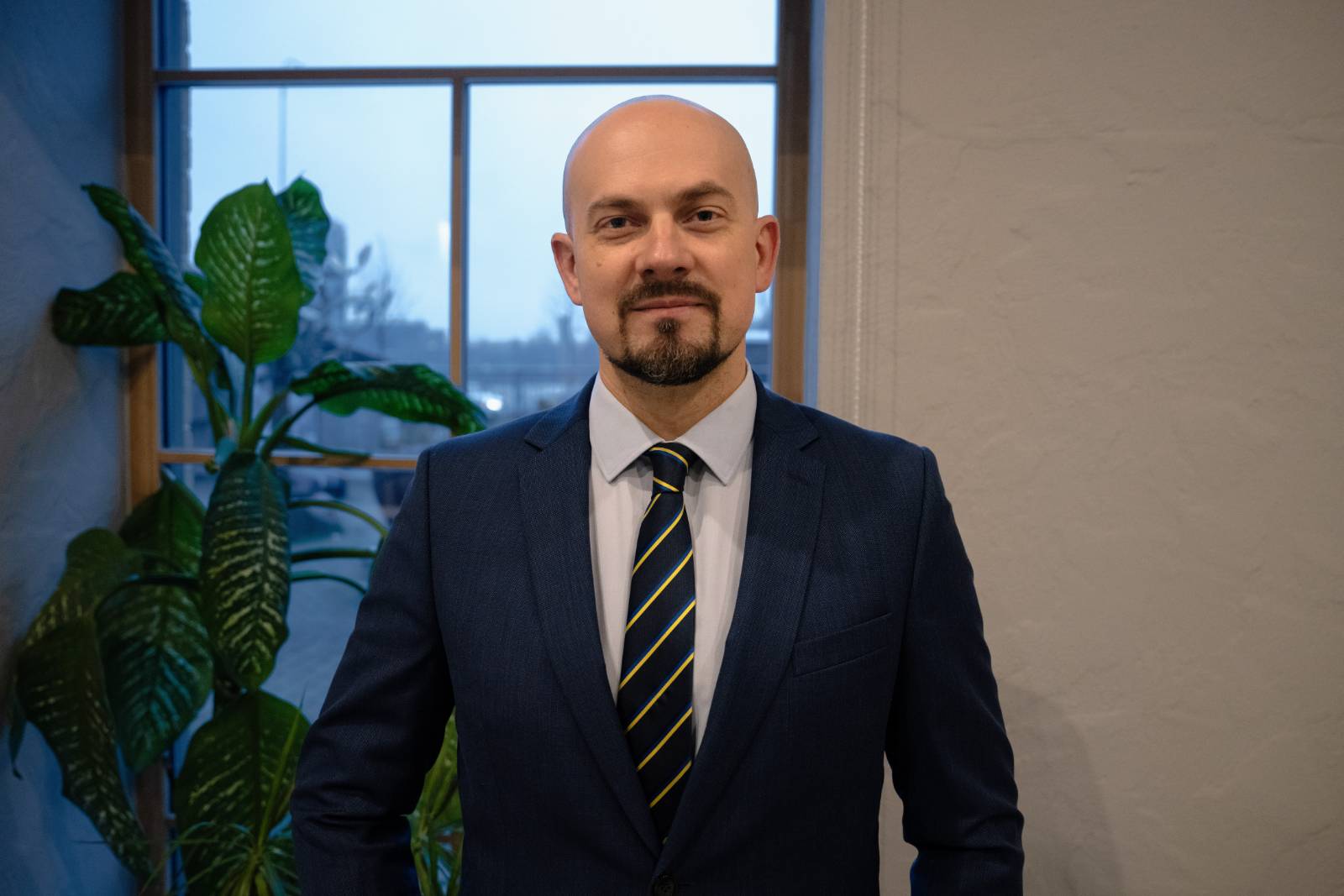17.03.2025
Three steps to improve access to medicines

Foto: Kaspars Filips Dobrovoļskis
Raina Dūrēja-Dombrocska
The concern expressed by the Latvian Association of Rural Family Doctors and patients about the worsening situation in Latvia regarding access to medicines, especially for children and chronic patients, is a serious signal to our health and pharmaceutical care system and policy makers. Providing people with the medicines they need is not only a matter of health and life, it is also a national security priority. This situation requires immediate solutions, not waiting until next month or the elections, promising that the situation will improve and is under control.
In the opinion of the Latvian Association of Pharmaceutical Manufacturers, the availability of medicines at the national level can be improved by implementing three strategic activities at the national level.
A national safety cushion must be created
Only 3.9% of people in Latvia rate their health as very good. This means that the overall health of the population is deteriorating, placing an additional burden on an already modest health care budget.
Some might say that in the case of chronic diseases, people should build up their own medicine supplies to provide for “rainy days,” but not everyone has the financial means to do so. In addition, prescription medicines are prescribed for a specific period, limiting the possibility of purchasing them for a longer period. The most effective and safest solution is for the state to build up strategic reserves of medicines to ensure stability in unforeseen situations.
That is why, for more than a year, the health and pharmaceutical sector has been emphasizing the need to establish a national medicine reserve fund. This would prevent situations where patients in Latvia are unable to access medicines due to disruptions in international production or supply chains. Although there is no emergency situation at present, doctors are already warning of shortages of certain medicines. Progress in creating reserves has been too slow so far, so we can only hope that the promised “government restart” will also bring about changes in addressing this issue.
Support for local producers
In addition to the creation of medicine reserves, strong local producers strengthen the country’s resilience in emergency situations. The pharmaceutical industry has been one of the cornerstones of Latvia’s economy for more than 50 years, yet domestic manufacturers account for barely 5% of the Latvian pharmaceutical market.
If we want to be sure that medicines will be available in a crisis situation, we need to strengthen the “muscles” of local manufacturers. I would even go further and say that at the national level, we need to think not only about financial support for expanding the product portfolio, but also about active political support for our pharmaceutical industry. For example, France is introducing special programs to reduce dependence on imported medicines and be able to supply its citizens with medicines itself. If we can encourage people to buy local food, why not choose medicines produced in Latvia, if the opportunity exists?
In the near future, we will see the impact of the new US administration’s promised import tariffs on the medicine market – if the EU responds with its own import tariffs, it is quite realistic that medicines produced in the US will become more expensive as a result of these tariffs. Possibly by the promised 25%. Let us smile as we remember the promises of local economic revolutionaries to make all foreign medicines 20% cheaper. It didn’t work, because it doesn’t work. But a huge fuss was made, and as a result, many medicines became more expensive, while other foreign-made medicines are no longer available at all.
Local Latvian manufacturers are currently focusing mainly on the development of generic medicines, which would promote the entry of new patent-free medicines onto the market at the national level. An additional step to improve the physical and financial accessibility of medicines would be to expand the list of reimbursable medicines, as this is currently the most limited in the Baltic States.
Thinking long term
The third essential step is the urgent need for a long-term strategy for health care. At present, local drug manufacturers are like circus performers, forced to juggle three balls while walking a tightrope. Balancing development plans with constant changes in health care policy and regulations makes forecasting and investment difficult.
Latvian drug manufacturers must simultaneously think about implementing their development plans, plan investments for decades ahead, and constantly adapt to ongoing reforms in the pharmaceutical care sector. Pharmaceutical manufacturers plan their activities for ten, fifteen and even twenty years ahead, which is why they expect policymakers to provide a clear development scenario for the pharmaceutical sector. It is clear that a ten-year strategy may seem utopian, but even a stable five-year development plan would give the sector a significant boost.
The development of new medicines and the expansion of the product portfolio in the pharmaceutical industry is both an expensive and time-consuming process. Therefore, every unexpected change and reform becomes a wedge in development, which in the long run is not beneficial to anyone. Neither to patients nor to the state budget.
Decisive and targeted action is needed to ensure the availability of medicines both today and in the future. A long-term strategy, state reserves and support for local producers are not luxuries – they are prerequisites for strong and secure health care in Latvia and for the stability of society. Time is no longer on our side, and postponing solutions means putting both patient health and the stability of the entire sector at risk. Action and a real “restart” are needed now.
Raina Dūrēja-Dombrovska, Executive Director of the Latvian Association of Pharmaceutical Manufacturers



